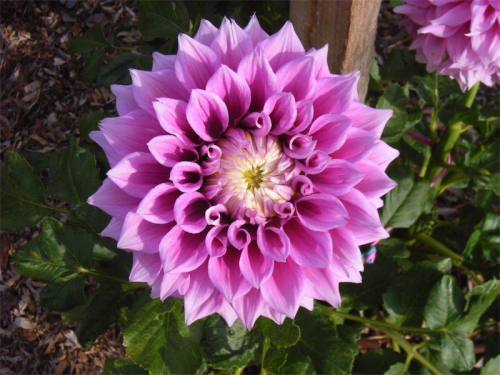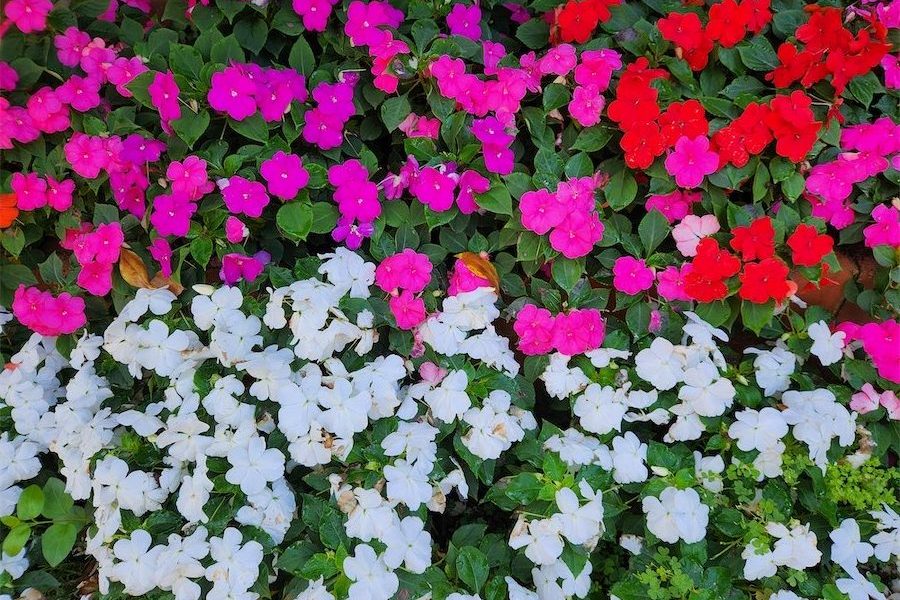
It is best to leave planting the tubers until mid-October to early November.
But it is important to get the ground ready now using plenty of compost from your own compost heap, as you know what is in it. Composted leaves and cow manure are all great when well worked into the soil without artificial chemical fertilisers. Have tomato stakes ready to put in before planting dahlia tubers.

Canna comes from the Latin word meaning “cane” or “reed”. It is related to bananas and ginger. Originating in southern US through to Argentina and initially introduced to the West from the West Indies in the 1600s, Canna supports a large horticultural industry with the rhizomes providing the world’s richest source of starch and its leaves for stock fodder.
The rich red, yellow or orange flowers give a real lift to any garden in summer and into the autumn.
Cannas can also be grown in large containers.
TWO of the biggest environmental weeds – ivy and Vinca major, known as periwinkle (with those lovely blue flowers) – are difficult to get rid of and using a herbicide will generally not work irrespective of how strong a solution is used as the glossy leaves will not absorb the chemical.
But here is a suggestion that works well. Firstly, the leaves need to be cut to ground level exposing cut ends with shears or a whipper-snipper. Then immediately, I repeat, immediately spray with a strong solution of Glyphosate. Follow the directions on the container. The strongest solution available to the home gardener is glyphosate 420, which is available from all garden centres. Add a few squirts of household detergent as a surfactant to help the glyphosate stick.
TAKE care what you feed your plants. Look at the N:P:K ratings on the back of the fertiliser bag. N is for nitrogen, P for phosphorus and K for potassium.
N is good for top, leafy growth, P for root growth and K for fruit and flowers. Too much nitrogen = too much growth = not many blooms. Look for a rating of 8:4:8, except for Australian plants, which need very low phosphorus.
Who can be trusted?
In a world of spin and confusion, there’s never been a more important time to support independent journalism in Canberra.
If you trust our work online and want to enforce the power of independent voices, I invite you to make a small contribution.
Every dollar of support is invested back into our journalism to help keep citynews.com.au strong and free.
Thank you,
Ian Meikle, editor




Leave a Reply